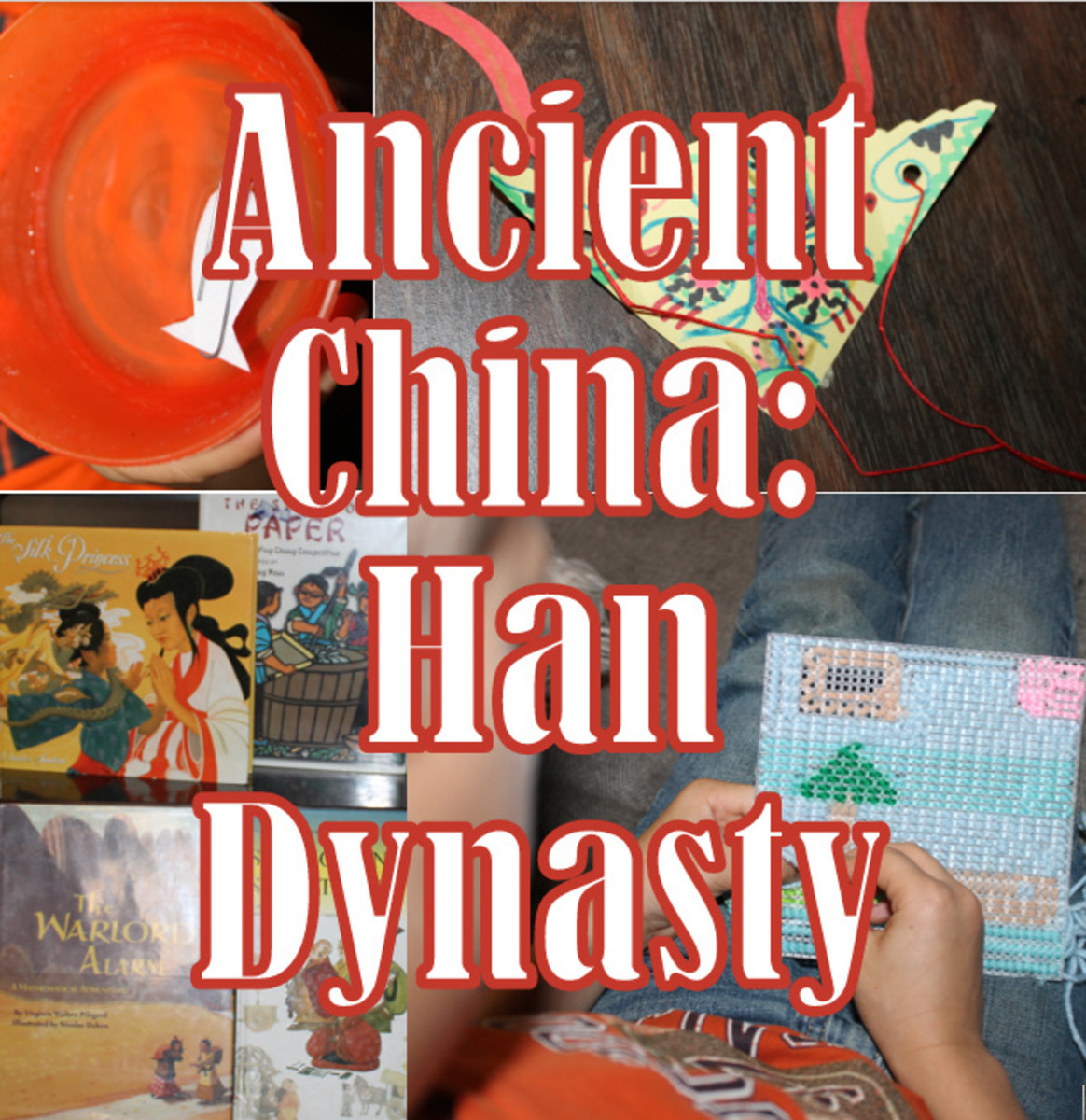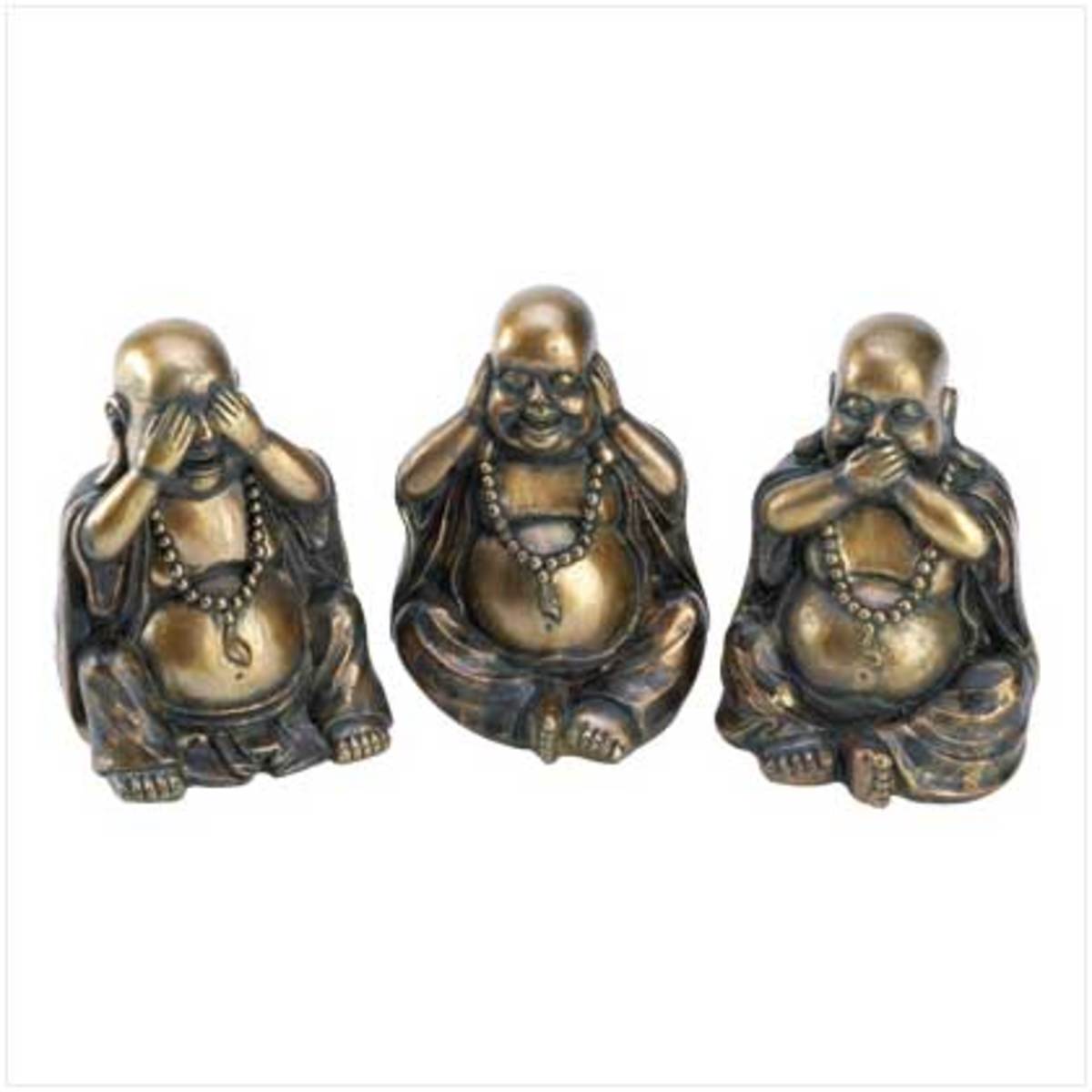Confronting Buddhism in the Han Dynasty: Heterogeneities Interacting With Idiosyncrasies

In exploring how someone living in China's Han dynasty (206 BCE – 220 CE) would have reacted to Buddhism, it is important to consider both the variations among individuals in the Han dynasty and the variations in the kinds of Buddhist teachings and practices that were being introduced to China during that period. Individual differences included things like social status, date of birth, and psychological/personal orientation towards religious practice. Differences in Buddhist teaching and practice can be seen in the comparison between original Buddhism, which focused on individual effort and self-cultivation along an eight-fold path to personal enlightenment, and Mahayana Buddhism, which introduced elements of devotionalism and “salvation” by grace through faith (to apply distinctly Christian tropes to non-Christian concepts). This paper will thus examine possible reactions to Buddhism in light of both individual differences, and the interaction between these individual differences and differences in the Buddhist tradition itself.
The way that a Han person responded to Buddhism would have been influenced by their social status. The Confucian-styled status quo was “safeguarded by the . . . elites” (Poceski 117). The elites apparently had good reason to guard Confucian values against Buddhism's monastic tradition, which emphasized “independence from secular authorities”, thus challenging the emperor's absolute power (Poceski 118). A commoner would have had considerably less invested in this established political order, and so would have likely found Buddhism less objectionable.
The fact that Buddhist monasticism challenged the political order will serve to illustrate how another individual difference, the year of a person's birth, would have factored into their range of possible reactions to Buddhism. By 142 CE, after all, sociopolitical unrest and dissatisfaction with the established system had escalated to such a degree that China was a fertile breeding ground for revolutionary movements, giving birth to millenarian sects such as the Way of the Celestial Masters and the Yellow Turbans (Poceski 73). A person coming of age during this era would have been much more likely than a person living during the apogee of the Han golden age to embrace an “anti-authoritarian” monastic tradition. What had once worked against the acceptance of Buddhism would have begun working in its favor.
Perhaps more important than such demographic measures as date of birth and social class, however, are individual variations in religious orientation, and how such personal orientations interact with varying ideals presented in different kinds of teaching. People can utilize religion for various personal reasons. For example they might seek to obtain extrinsic benefits such as acceptance within a supportive social network, or to fulfill intrinsic needs for meaning and order (Batson et al, 1993, p 169). Wang Fu's Discourses of a Recluse—by withdrawing from society as a recluse, it might be noted, Wang set a precedent for the controversial social disengagement of the Buddhist monastic tradition—illustrates another set of varying approaches to religious practice. Wang concedes that spirits and ghosts, through the mediation of shamans, may assist humans, but not “when one offends against virtue” (Chinese Religion 103). Better than foxhole prayers for help, implies Wang, is a life characterized by virtue. His writings show respect for those who have “examined themselves” and “cultivated themselves” (Chinese Religion 103).This emphasis on a virtuous life of self-examination and self-cultivation fits well with the original Buddhism that emphasized the eight-fold path. Thus, a person such a Wang Fu, oriented towards meaningful self-development, might have been drawn to such similar ideals in certain Buddhist teachings.
Wang Fu clearly would not have been drawn to the sort of Mahayana Buddhist teachings that are found in the Lotus Sutra, as it embodies the very sort of religious orientation that he rails against. In the Lotus Sutra, faithful devotion to Avalokitesvara allows for a salvation by grace, regardless of one's works. For example, this bodhisattva will save a person from incarceration, regardless of whether they are “guilty or not guilty” (Chinese Religion 129). Perhaps this provides a clue as to how the Mahayana tradition became so widespread and popular. On the one hand, it is true that in China, most of the early monks who brought Buddhism into the country “were associated with . . .Mahayana” (Poceski 116). Nevertheless, perhaps human psychology provided another compelling reason for the predominance of this strain of Buddhism. Many people simply won't spare the time and energy to deal with a grueling path of self-examination, self-cultivation, and virtue. They search for an easier way. Wang's Discourses of a Recluse has a polemical aspect; its very emphasis on cultivating virtue rather than trusting in the mediation of shamans to get one out of a well-deserved bind suggests that there were a number of people among the Han who were looking for just such an easy way out. If devotion to the traditional spirits recognized during the Han dynasty could not provide a get-out-of-jail-free card, perhaps such people would have seen devotion to Avalokitesvara as a superior devotion.
It would be all too easy to say that the making of devotional offerings to Avalokitesvara (Chinese Religion 131), analogous to the Han Confucian practices of sacrificing to spirits, would have made Buddhism appealing to the Han people. But having looked at the spread of Buddhism in China through the perspective of varying individual orientations, by now we might guess that different individuals would have drawn from different preexisting cultural resources in deciding how to react to Buddhism. In the Han dynasty, there were varying cultural precedents that could serve in ways to either enhance the acceptance of certain elements of Buddhism or to impede them. But rather than ascribing agency to such cultural forms, it is good to recognize that different individuals would have resorted to different cultural resources for differing reasons.
For example, within the Confucian tradition that predominated during the Han dynasty, there were the writings of Mencius, which gave a picture of an original, pristine and virtuous human nature (Chinese Religion 55). Individuals who, from their personal experiences, were inclined to believe in such primordial human goodness, may have elected to draw upon Mencius to inform their position towards Mahayana doctrines concerning Buddha-dhatu and Tathagata-garbha, with the result being acceptance. Likewise, only a person whose religious orientation predisposed them toward seeking contemplative practices would have drawn from such cultural precedents as meditation among the fangshi and breathing exercises in the Way of the Celestial Masters when considering contemplative elements of Buddhism (Poceski 72, 74). On the other hand, those disinclined to seek such direct mystical experiences, instead placing greater value on the spiritual satisfaction found in family relationships, might have drawn from more “Confucian” elements of the existing culture to decide that Buddhism was unfilial due to its monastic emphasis (Poceski 117).
Keeping in mind this interplay between individual religious orientation and the preexisting cultural resources that a person was likely to draw upon, I'll examine Daoist precedents for Buddhist beliefs and practices. Although the Confucian tradition dominated the Han period, Daoist influence was pervasive. Confucian-Daoist syncretism was evident, for example in the writings of Dong Zhongshu and Pan Zhao, whose Perfected Woman connected Confucian ideals of hierarchical relationships and familial ties to Daoist notions of yin and yang(Chinese Religion 109). For individuals with certain inclinations, Daoism would have provided a sufficient philosophical framework though which to incorporate elements of Buddhist teaching and practice that were alien to Confucianism. The monastic disengagement from society, so contrary to Confucian values, was justified in Zhaungzi's stories The Holy Man and Carpenter Shih, for example (Chinese Religion 80, 82). Also, the ontological musings of the Daode jing, with its juxtaposition of being and non-being, and its description of the Dao as “empty”, would have paved the way for Madhyamaka teachings on existence and emptiness (Chinese Religion 73, 135). This dynamic is evident in the fact that technical Buddhist terms were sometimes spuriously translated into Chinese using Daoist terminology (Poceski 121).
In conclusion, I've illustrated not only how the dissemination of Buddhist ideas in China can be viewed in terms of an interaction between individual differences and variations in Buddhist doctrine/praxis, but how the agency of individuals was at work in the selection of preexisting cultural resources that were drawn upon during the confrontation with the novelty of Buddhism. This should once more demonstrate the problems and nuances associated with the ways that we label and describe religions and religious transformation. We would do well to remember Campany's precautionary advice against perceiving an illusory religious holism where no such holism exists, and against using metaphors which obscure individuals and the agency of individuals in the formation and transformation of religions (Campany 291, 319).








